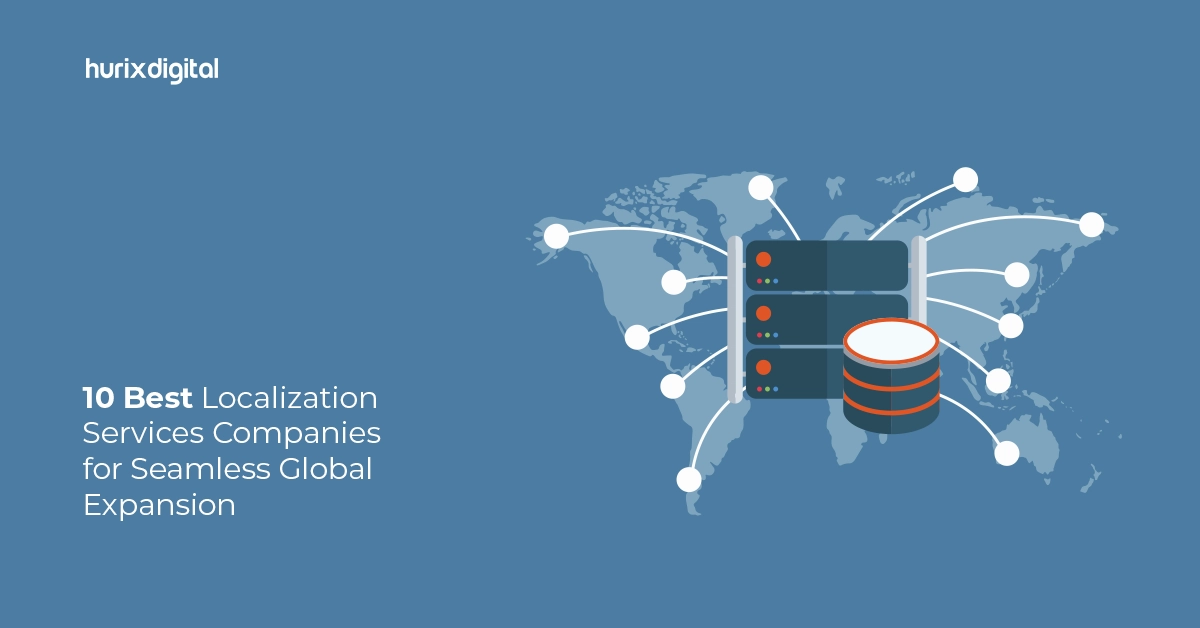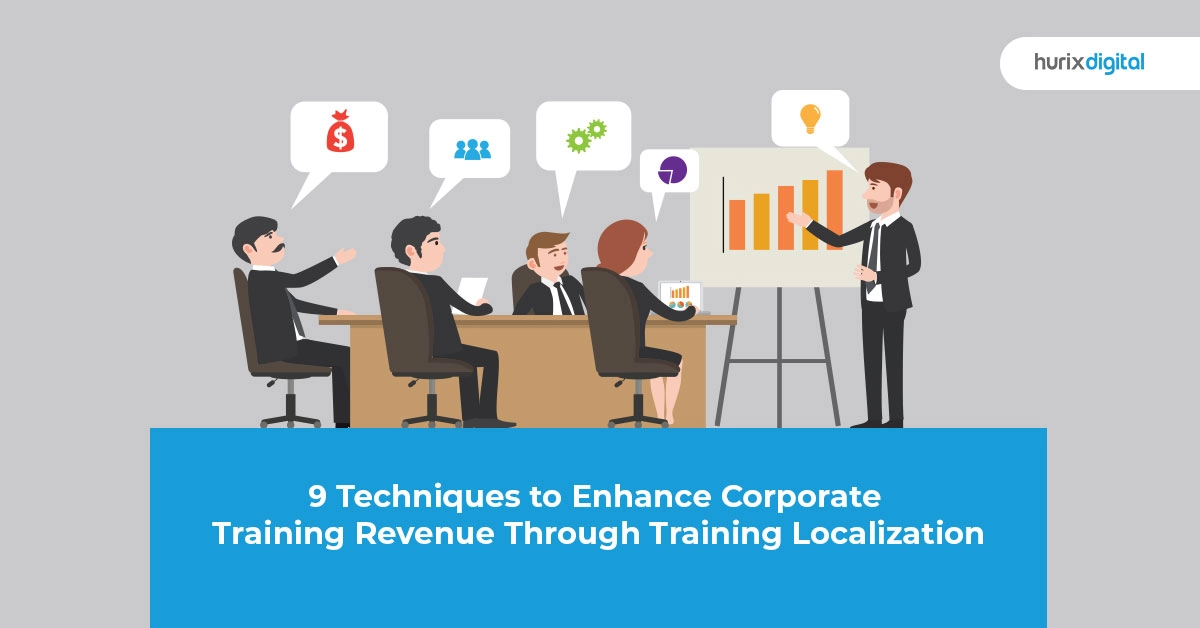Summary
This article serves as a comprehensive guide to choosing the right translation technology for your company. It discusses the benefits of translation technology, its importance, and the key considerations while choosing it.
Table of Contents
Expanding businesses across borders has become a key driver of success in an increasingly interconnected world. Establishing your business’s global presence and unlocking the untapped revenue streams of international markets is paramount. All of it begins with a crucial decision: localizing your content.
Accurate translation while tailoring your messages to resonate with diverse audiences worldwide is one critical aspect of this process. Picture a dynamic, fast-growing company on the path to worldwide expansion-agility, and continuous deployment are the lifeblood of which.
However, localization is often merely an afterthought, with the processes and tools far from well-defined, resulting in a chaotic web of manual work and scattered files. It’s a pain that drains valuable time and energy while distracting employees from their primary responsibilities.
Benefits of Translation Technology
Translation technology offers innumerable benefits for businesses by unlocking new opportunities for growth and success.
1. Streamlined Processes for Enhanced Efficiency
With automation in localization at your fingertips, you witness the transformation of scattered files into streamlined processes, manual work into automated efficiency, and distractions into unwavering focus.
The Translation Management System (TMS) has emerged as a game-changer, the solution bearing the potential to revolutionize localization performance at scale.
2. TMS Accelerates Business Growth
Embracing translation management systems (TMS) opens access to a realm of technology and tools empowering businesses to maintain an agile development pace, propelling them forward.
3. Ensuring Consistency and Accuracy
Translation technology is an indispensable investment for any successful language service provider in today’s world. In the absence of this, translators would laboriously translate similar texts from scratch, consistency in terminology would be difficult to maintain, and error checking would be a nightmare.
4. Computer-Assisted Translation (CAT) And Translation Memory (TM) Tools Enhance Modern Translation
Handling formats like PDF and XML would become time-consuming, and real-time collaboration would be non-existent. Thankfully, translators and LSPs rely on computer-assisted translation (CAT) and translation memory (TM) tools.
These technologies are the backbone of modern translation success-boosting productivity, enhancing the translation process, and ensuring efficient workflows.
Also Read: Best Practices for Translating and Localizing Workforce Learning Content
Key Considerations While Choosing Translation Technology
Let us delve into the key considerations while choosing the right technology with which a world of efficient localization is within your reach.
1. Accuracy
Translations riddled with inaccuracies and errors can negatively impact localization efforts. The importance of investing in localization technology equipped with robust quality assurance and proofreading tools cannot be understated. The chosen translation technology should be capable of delivering precise and contextually appropriate translations to ensure a higher level of precision in your localized content.
Machine Translation (MT) has advanced significantly since its early, frequently incorrect versions. Neural machine translation (NMT) systems offer fluent and contextually correct translations, transforming the field. NMT leverages neural networks and artificial intelligence algorithms to learn from massive volumes of data, enhancing the quality of translation.
This technology is perfect for swiftly and efficiently managing enormous amounts of content. Despite its progress, NMT can have trouble understanding intricate linguistic nuances and business-specific jargon. Further, human input through post-editing or a hybrid method can improve accuracy, especially for specific information.
2. Flexibility and Customization
With every business having its unique content requirements, choosing localization tools that can adapt to suit your specific needs is paramount. The translation tasks are abundant and diverse when crafting content for a global brand. The elements involving translation are innumerable, from websites and mobile apps to web applications, documents, and social media posts.
To effectively manage this multilingual endeavor, your Translation Management System (TMS) should be versatile enough to navigate the diverse linguistic landscape of translation projects and support a wide range of file formats across different platforms and mediums.
The ability to include glossaries and style guides greatly enhances consistency enabling multinational brands to establish a unified style across all languages, going beyond just English. Look for platforms offering flexibility in integrating with existing content management systems (CMS) or localization workflows.
3. Scalability
As your business expands and ventures into new markets, the translation technology of choice should be able to scale accordingly. Ensure that the platform can manage large volumes of content to efficiently satisfy the needs of its clientele and deliver ongoing service reliably without compromising translation quality.
Consider features like automatic intelligent workflow management, batch processing, and collaboration tools to streamline the localization process and accelerate turnaround times.
4. Language Support
Determine the target languages you require for localization before investing in translation software to ensure both are compatible. While some translation technologies support diverse languages, others might have restrictions.
If your target markets include languages with complex grammar structures or scripts, such as Chinese or Arabic, ensure that the chosen technology can handle them effectively. Catering to varied markets and global audiences bridges the linguistic and cultural gaps- laying the foundation for success.
Additionally, keep an eye on the availability of language pairs for translation, as this can vary among different tools.
5. Integration and Automation
Translating content between languages is a challenging task, made even more complex when dealing with regularly updated source material like websites. Maintaining up-to-date and accurate translations becomes virtually impossible without the proper tools.
Automation is the cornerstone of translation workflow optimization. Automation features such as content extraction, automatic file transfer, and project management are pivotal in reducing manual effort and enhancing overall efficiency.
Harnessing API integration can streamline your software localization efforts. Opt for translation technologies offering APIs or connectors to integrate with your CMS, e-commerce platforms, or customer support systems to enable the automatic delivery of completed translations, eliminating manual intervention and expediting the localization workflow.
6. Quality Assurance and Feedback Loop
Failure to align your technological infrastructure with the evolving needs of the translation services landscape is equivalent to inviting your downfall. Most businesses that made translation investments experienced a boost in their profits, based on a survey conducted among Fortune 500 companies. Embracing the latest advancements in translation technology is essential for staying ahead of the curve and thriving in this dynamic landscape.
Localization is an iterative process wherein a robust translation technology should extend mechanisms for quality assurance and feedback. Fine-tuning translations and ensuring consistent linguistic quality are made possible by functionalities like in-context review, collaborative annotation, and linguistic validation.
Go for platforms facilitating seamless communication with translators, providing a feedback loop that promotes continuous improvement. Translation solutions integrated with comprehensive reporting and analytics capabilities facilitate the assessment of localized content’s effectiveness and enable informed decision-making.
Also Read: Offline to Online: Key Strategies and Tips for a Successful Transition to Virtual Classes
Conclusion
With the aid of advanced technology, the translation landscape has undergone a revolution, offering multiple avenues for businesses seeking efficient localization solutions. Localization technology must constitute an integral part of your company’s DNA, seamlessly integrated into your agile workflows to foster growth on a global scale.
With Hurix, it’s time to take localization from the sidelines and bring it to the forefront of your organization’s success story. We stand as a frontrunner in the language services industry with a mission to deliver precise, culturally attuned, and budget-friendly translation and localization solutions across a comprehensive spectrum of multiple regional languages.











